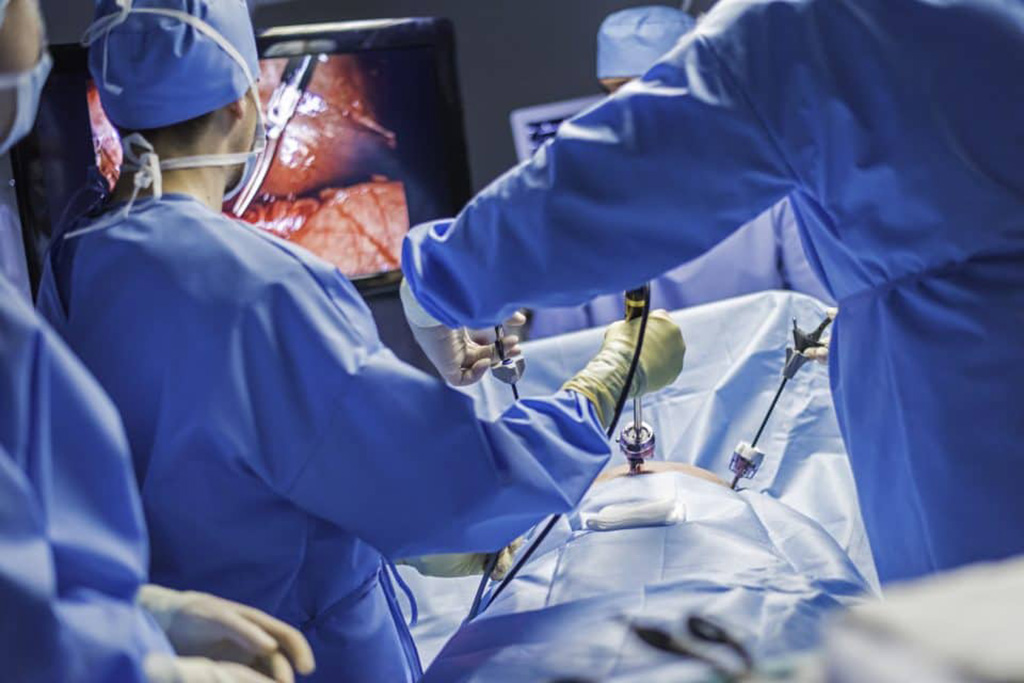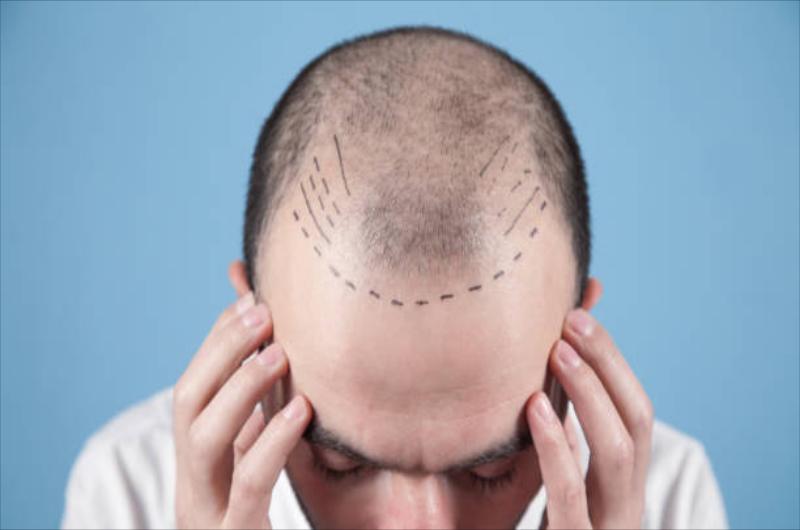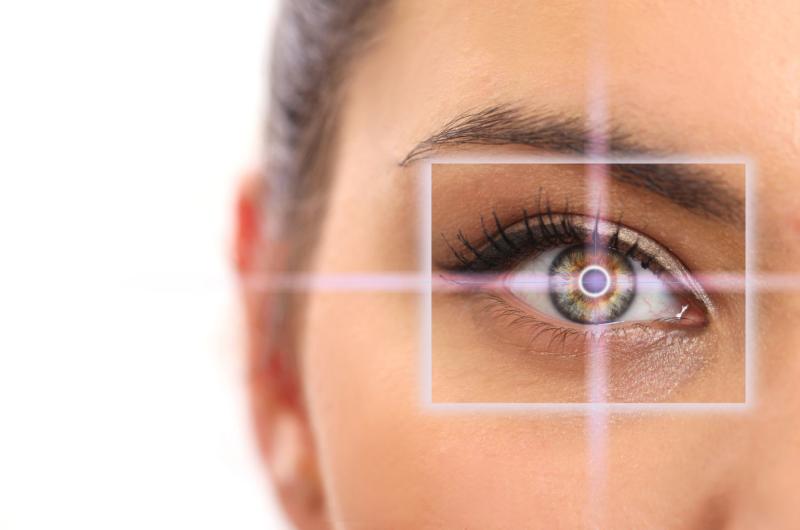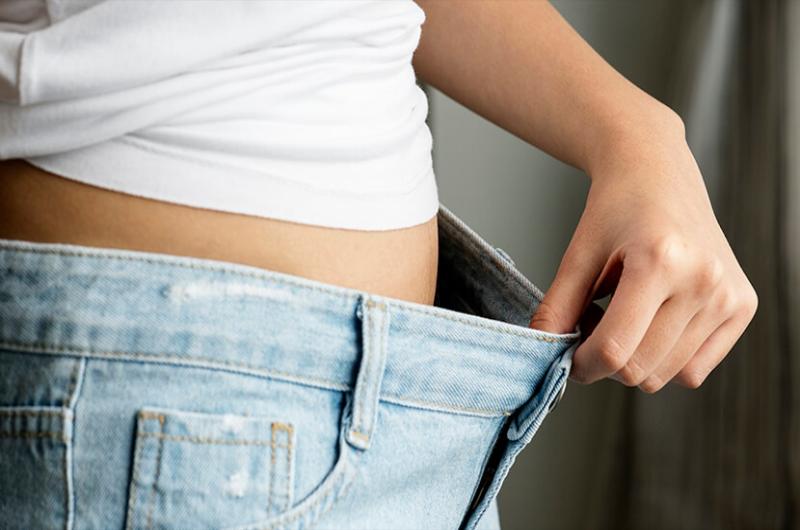About Treatment
Inguinal hernia laparoscopy is the most optimal and modern operation to get rid of protrusion with minimal consequences for the body. Inguinal hernia does not allow person to move around normally, to carry out labor activities. Hernia infringement is a serious complication that requires urgent surgical intervention.
What is the intervention?
Laparoscopic hernia repair is performed using special instruments that allow surgeon to install a prosthesis in the groin area, without large skin incision. Thanks to video camera, problem is visible from the inside, and the initial signs of hernia formation are also revealed.
The meaning of the intervention lies in the fact that surgeon introduces special devices through small openings of the anterior abdominal wall and installs a special prosthesis at the site of the hernia exit, which prevents the risk of reappearance (relapse) of the pathology, because the hernia gate closes securely.
Technique for Laparoscopy of Inguinal Hernia
For inguinal hernia, the most common operation is laparoscopy. The technique for carrying out the presented procedure is as follows:
First, several small incisions are made on the skin in the navel, through which the instruments will be inserted. Their size does not exceed 2 cm. This ensures good wound healing without rough scars.
After that, trocars - special tubes - are inserted into the abdominal cavity. They are used throughout the entire operation. The first is injected into the navel, through it carbon dioxide is pumped into the abdominal cavity to create an operating space. Then, a camera is placed through the trocar into the abdominal cavity, providing excellent visibility of the operating field, displayed on the monitor.
The rest of the tubes are needed in order to insert the instruments themselves into the cavity for performing the intervention.
-
Procedure Duration
1 hours
-
Hospital Stay
1 day
Laparoscopic surgery has some advantages over other types of hernia removal. Its advantages can be distinguished:
the risk of recurrence of protrusion decreases;
fast wound healing;
absence of scars or other skin defects (this advantage is very important if it is necessary to provide cosmetic effect);
reduction of the rehabilitation period to 1–2 weeks;
absence of chronic pain syndrome (all unpleasant sensations go away on the second day);
after the operation, patients do not need to be in hospital for a long time, that is, they go home the next day.
However, this intervention has several disadvantages. For example, not all patients tolerate general anesthesia well. An important feature of this type of intervention is also the fact that it requires an experienced surgeon who knows the technique of the operation perfectly.
To remove an inguinal hernia by laparoscopy, appropriate indications are required. The procedure is performed if:
Patient does not have concomitant diseases in which laparoscopy can worsen the condition.
Patient tolerates general anesthesia well, and he is not allergic to other drugs used during the operation. Otherwise, serious complications can arise.
Patient has a job related to serious physical activity.
Patient has a large body weight.
After the operation, there should be no scars or scars (aesthetic factor).
Patient needs to shorten the recovery period as much as possible.
This technique has proven itself in the treatment of inguinal hernias in women and men of young and middle age, in cases of bilateral and recurrent inguinal hernia.
Laparoscopic hernioplasty has several contraindications: individual intolerance to drugs used for general anesthesia. Laparoscopy should not be performed if patient has infectious, inflammatory processes, as well as complex diseases that do not allow the use of this method of treatment.
Since this type of surgery is minimally invasive, patient can already leave the hospital the next day.
Painful sensations reduce the next day, so soon patient will be able to return to work, drive a car. However, it will not be possible to lift heavy for some time. The recovery process can only begin after surgeon's approval.
During the recovery period, patient needs to eat properly. All food should be easy to digest. Naturally, patient will need to do simple physical exercises aimed at strengthening the muscle tissue of the groin area. But it is not recommended to give too much load.











